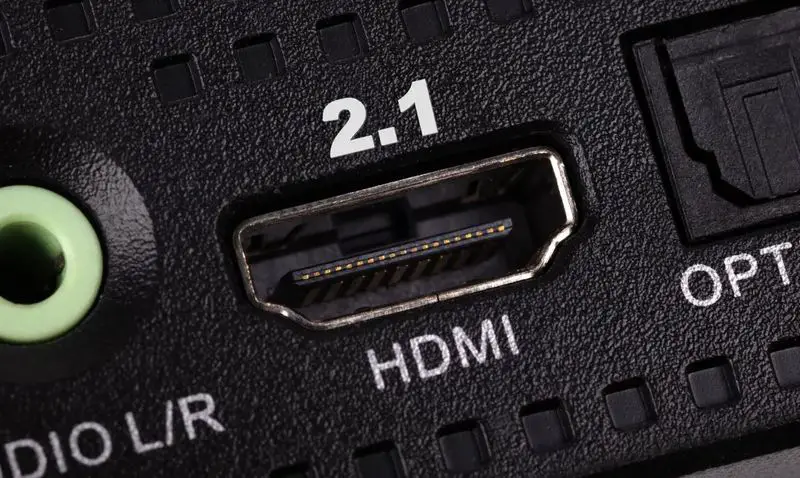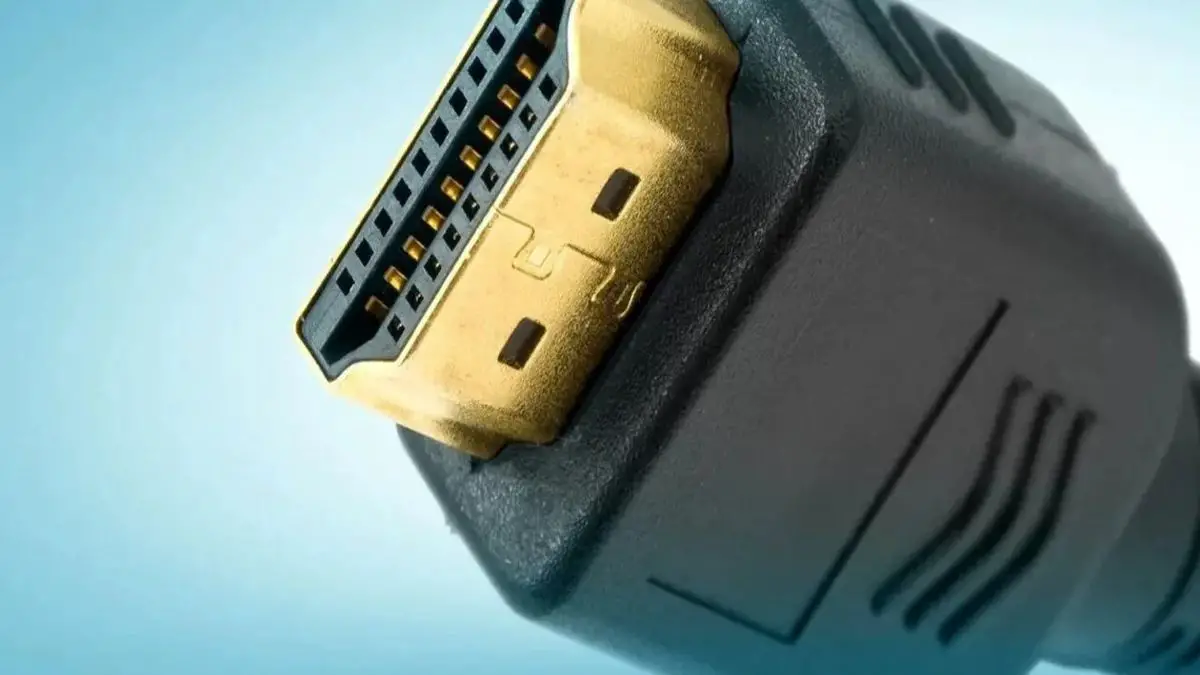HDMI 2.1 has long been a reality, although few users take full advantage of it, and now comes HDMI 2.1a.
What is HDMI 2.1a?
The different versions of HDMI that exist can be somewhat confusing for the user who is not well versed in these issues. A year ago we presented in-depth, explained the features of HDMI 2.1, and also warned of all its benefits to view content at 8K or enjoy the best HDR. Now we begin to know its update.
With HDMI 2.1 came 4K, 8K, and 10K resolutions up to 120 Hz, automatic low latency mode, dynamic HDR, variable refresh rate (VRR) for video games, and other features that very few will take full advantage of, which is why this upgrade to HDMI 2.1a may come as a surprise.

This source-based tone mapping (or SBTM) allows HDR-compatible TVs to automatically adjust brightness levels and color ranges. This no longer needs to be done manually.
Having to go about setting it manually was a hindrance for some users and a waste of time for others, but now it will be able to be adjusted automatically to optimize the process and view in the highest quality any content without having to do anything, as reported on SlashGear.
This does not mean that it replaces any previous HDR system, as we say, it is an optimization and also seeks to solve that problem that existed when connecting some consoles and devices. But an important question may arise: is it necessary to buy something to take advantage of it?
At the moment we say no, it is possible that the standard will reach the equipment through a software update, without the need to buy cables, ports, or devices. But this last information is not certain at the moment.
In addition, there is a possibility that HDMI 2.1a will bring some new features to the equipment. So we should be cautious, although it is arguable that it would be unreasonable to require users to invest in order to take advantage of this change as well.





